Registration for Summer 2025 is open!
Registration for Summer 2025 is open!
Getting your child ready for camp is an exciting (and sometimes overwhelming!) feat. We know this and are happy to help with any questions you have. Read on for helpful tips about packing and preparing for arrival.

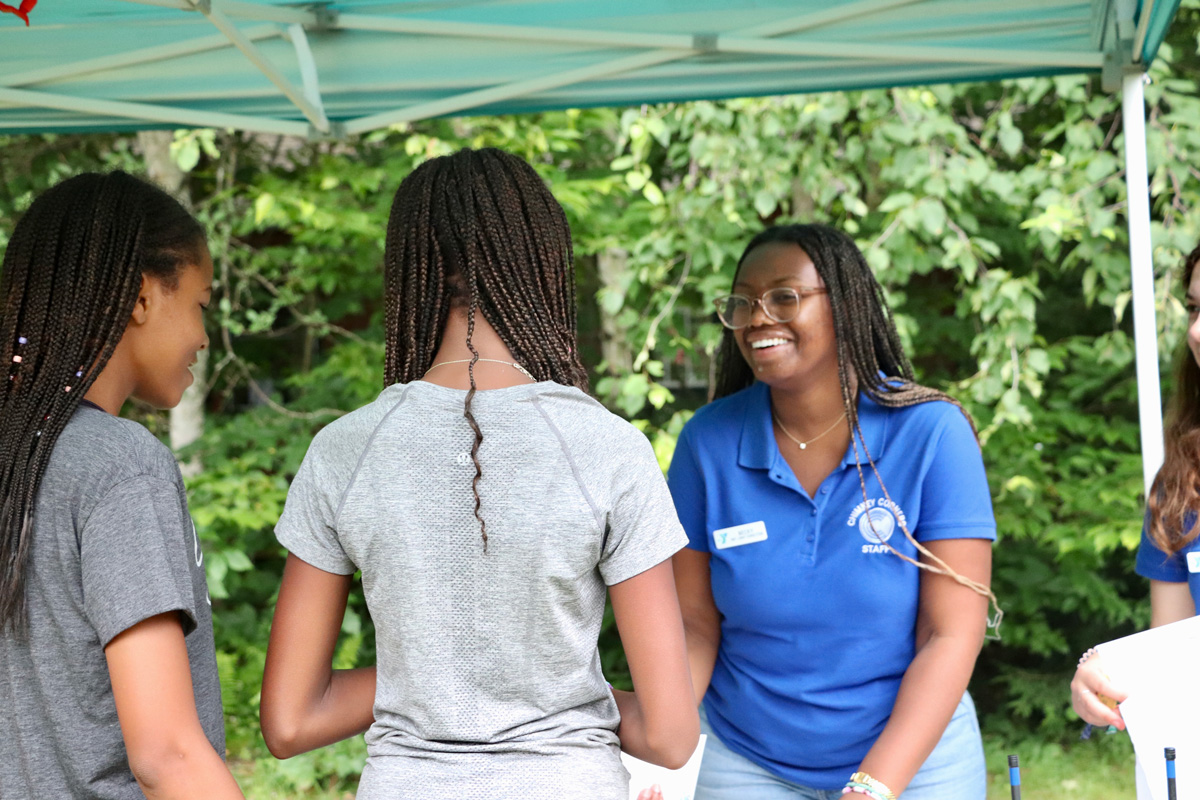
Each spring, our camps host an Open House for new and prospective families to tour camp, meet staff, and get excited for the summer. Check our events page for current dates and times.
Families will be emailed detailed information about our Opening and Closing Day procedures in the lead up to camp as instructions vary slightly depending on which program/camp your child is participating in.
For resident camp families – If you are driving, signs and staff will be along the road to the entrance to the camp, and upon arrival, there will be plenty of hands to help you move your camper’s belongings to their cabin. Our staff will be there to direct you to your camper’s cabin and introduce you to their counselors. Please keep in mind that the first meal campers have will be dinner, so make sure they have lunch before arriving!
If your camper is arriving on the bus, they will be provided with lunch when they arrive before meeting their counselors and moving in with the rest of their cabin. Cabin staff will help campers unpack and get settled.
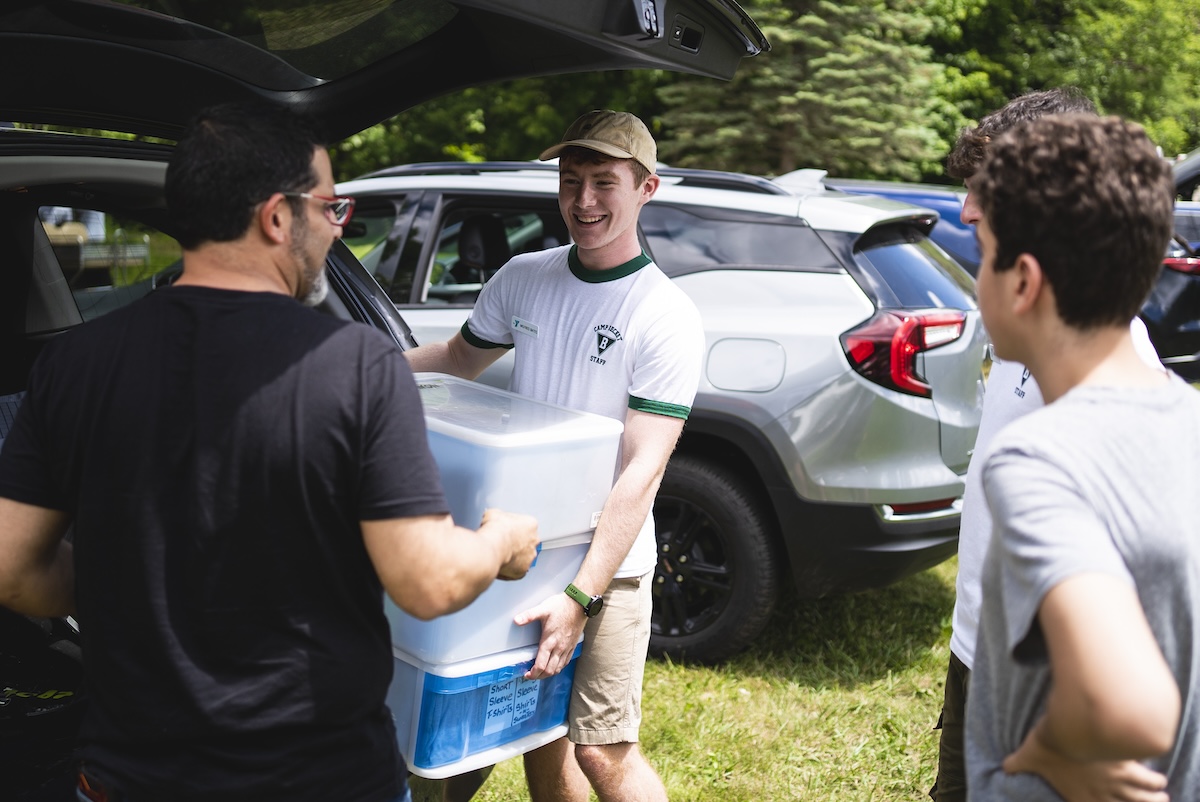
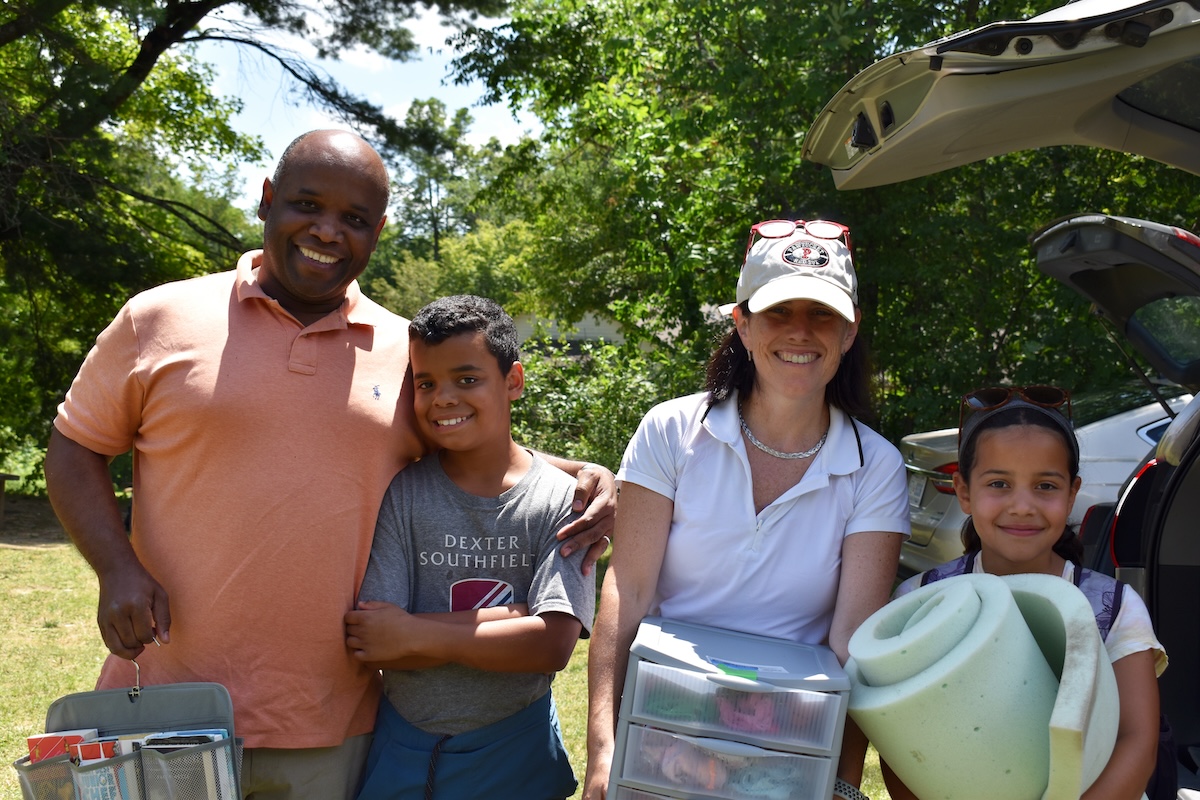



Gibson Weekend is a unique feature of the Camp Becket and Chimney Corners Camp experience that takes place over the third weekend of each 4-week session. Each camper is allowed to have one guest spend the weekend at camp in an optional, immersive camp experience where the camper’s guest gets to jump into the camp program and experience the program first-hand. Guests have the option to spend one or both nights of the weekend at camp, sleeping in a tent with their camper. The Sunday afternoon of the weekend, both camps offer a traditional Visiting Day, during which campers may have additional visitors.
Because the camp experience is single-gendered, we ask that campers invite a guest who identifies with the gender of the camp they are visiting and that all guests are 18 years or older.
More information about the weekend will be sent in the lead-up to camp. If you have questions about how your family can best participate in this program, please contact us to discuss your specific needs.

Leading up to the summer, we’ll host a series of webinars for a deepdive into topics our families typically have questions about. Families can pick and choose which ones they’re interested in. We’ll record each webinar and post them here for those who cannot attend.
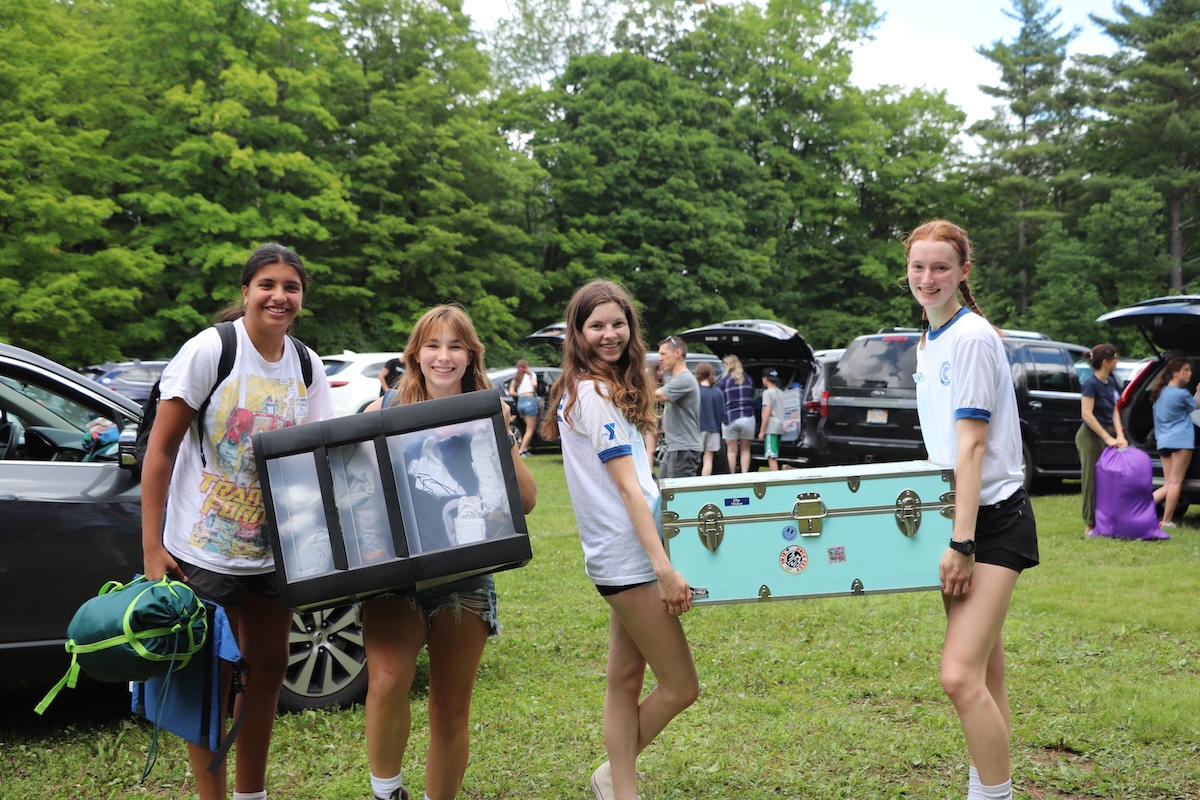
(Parents/Caregivers & Campers)
Welcome New Families! This is an overview of preparing for and getting started at camp with tips on packing, what to expect and how to help opening day go smoothly.
We will share insight from the broader camp community on how best to prepare both campers and parents/caregivers for time apart.
Meet a panel of current and former campers and staff who will give you tips and tricks on preparing for the summer ahead and answer your questions about camp.
For anyone new to the Gibson Weekend. Experience or for those wishing to learn more, we will have an overview of the weekend with tips on how to prepare and get the most out of the experience.
We do not give specific numbers on how many items to pack for camp. This is because you know your camper best. If your camper is often cold, pack heavier clothing and extra blankets. If your camper hates having wet socks, send extra.
Send older clothes to camp that are appropriate for the outdoors. Camp life involves a great deal of outdoor activity and clothes will get wet and dirty. Also, campers change clothes several times a day. Campers should be coached to re-wear items that have only been used for a short time.
Please mark everything coming to camp with the camper’s first and last name. Iron-on name tapes or permanent markers work well on clothing items. Most items can be
returned if they are labeled.
There’s a lot of equipment to bring! Here’s how people generally pack for camp: The camper’s trunk/duffel holds the majority of the clothing items and slides under the bunk bed. Sheets, blankets, and towels can go in a duffel or extra laundry bag. Often families bring plastic drawers, stackable bins, or buckets with lids to hold the camper’s miscellaneous supplies/equipment (not suggested for campers traveling on the bus or by plane). Each camper will have a “cubby” (sizes vary depending on the cabin but the narrowest cubby is 24” wide and 36” tall). Make sure everything is labeled and remind your camper to write their name on anything they purchase in the camp store. Use first and last names on labels since children often have the same first names and similar-looking things. It may be helpful to tape the packing list to the inside of their trunk to help keep track of items. Storage space is limited so pack accordingly and be assured that the counselors will help find space for everything. No nails or other forms of alteration to the cabins will be allowed, so please leave your tools at home!
Find a full packing list in our Summer Guide sent out each Spring.
Campers need to bring both sheets and blankets and a sleeping bag. A sleeping bag is for overnight campouts and off-camp trips, while regular bedding (blankets, sheets, pillows, and pillowcases) is needed for day-to-day- day living in the cabin. Some campers bring foam pads, egg crate pads, or other insulated mats for either their bed or for under a sleeping bag on overnights. While campers will be encouraged to change their sheets regularly you will want to reinforce this with your camper before camp. If your camper may wet the bed, include a rubber sheet plus 2 extra sheets. You may also want to consider sending Goodnites or other specialized underwear that saves your camper from the anxiety around potential bedwetting incidents.
We highly suggest a trunk/footlocker/duffel as it is the best way to stay organized over a four-week experience. A trunk that is 16” or lower will fit under any bunk at either camp. The length and width do not matter. Trunks can be found at many large department stores, and Army-Navy surplus stores, or you can visit the website Everything Summer Camp and search for our camps to receive a Discount.
Families who live outside our area may choose to ship the camper’s trunk or other equipment ahead. We have partnered with shipcamps.com to help parents interested in shipping their camper’s trunks or duffels to or from camp. Please note this will be the only way we will be accepting or shipping trunks for this summer.
Campers are required to bring two water bottles to camp so that they can drink water throughout the day. Water bottles are also needed to carry water on hikes and overnights. Campers may also purchase water bottles from the camp store. All water bottles should be marked with the camper’s name.
We require campers to wear socks to avoid blisters and other foot injuries that can disrupt a happy and healthy camp experience. Campers are asked to wear sturdy, closed-toed shoes to most activities. Campers may bring athletic sandals with straps on both the toes and heels but they must be worn with socks and only when appropriate to the activity. The use of shoes that do not offer proper support or do not cover the foot will be limited or restricted at camp.
Pictures, special toys, posters, and/or a favorite book or two from home can make camp feel a bit more comfortable. Tack n’ stick reusable adhesive, painter’s tape, or any non-toxic adhesive that will not damage the walls is useful for hanging pictures and posters. Tacks and duct tape are not allowed since they damage the wall.
While camp provides most sports equipment, your camper may bring their own equipment such as tennis racquets if they choose. If your camper has protective gear such as helmets, pads, or protective cups that they use for sports, they should bring them to use at camp. Campers should label personal equipment. Camp cannot be responsible for loss or damage.

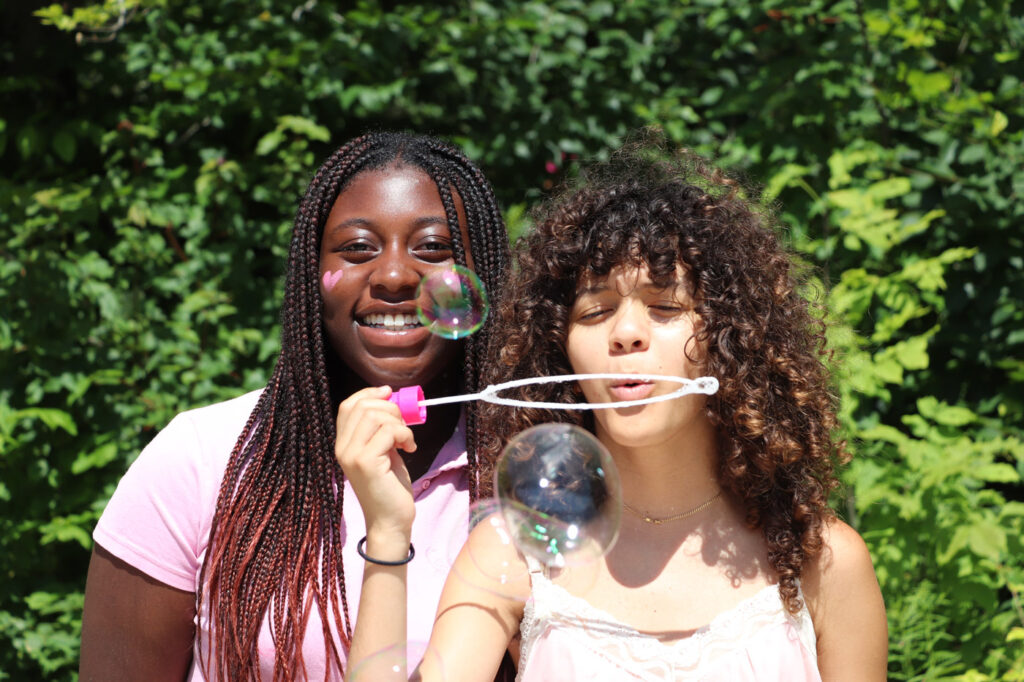
Click on Incomplete Tasks to view and fill out the camper forms listed. You will need to upload or send in the doctor’s report and a copy of the back and front of your health insurance card. All other forms need to be opened and filled out online.
Click the reservation you wish to add to → Click the Edit link next to Options and make your selections.
Click on each Account Member → Choose Edit my bio information to view and update. This will be the information used to reach you during the summer when necessary.




